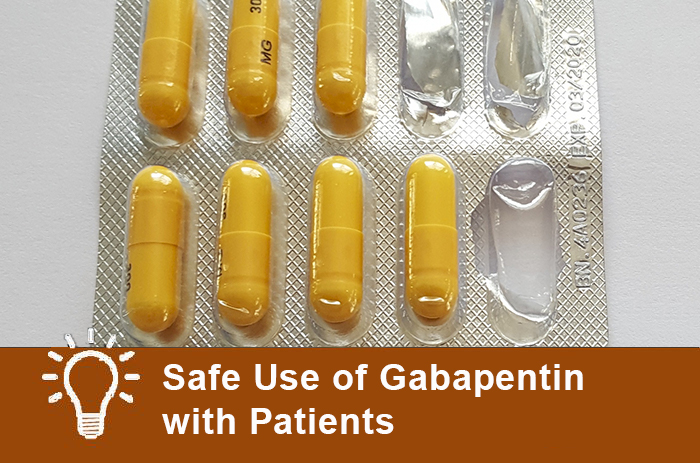Safe Use of Gabapentin with Patients
The Carlat Psychiatry Blog, Volume , Number ,
https://www.thecarlatreport.com///
Although there’s been a lot of discussion about gabapentin’s abuse potential, gabapentin substance use disorders are pretty rare, with one study finding that only 2% of 44,148 patients using gabapentin alone met criteria for sustained overuse (Peckham et al, Pharmacotherapy, in press). The one area where you should show caution, however, is when patients combine opioids and gabapentin. One study found a 60% increase in the odds of opioid-related deaths in patients co-prescribed opioids with gabapentin (Gomes T, PLoS Med2017;14(10):e1002396). The bottom line is that you should try to avoid prescribing gabapentin to patients who have current or past opioid use disorder. And if you feel you must prescribe it in these patients, be aware that doses higher than 900 mg daily carry an extra risk for overdose and should be used only with caution. The Carlat Addiction Treatment Report covered this topic in a recent article, including the following advice for safely prescribing gabapentin for anxiety, insomnia, and alcohol use disorder (AUD): Subscribers can read the entire article, which also includes information on managing side effects, and the potential for gabapentin withdrawal? Click here.


